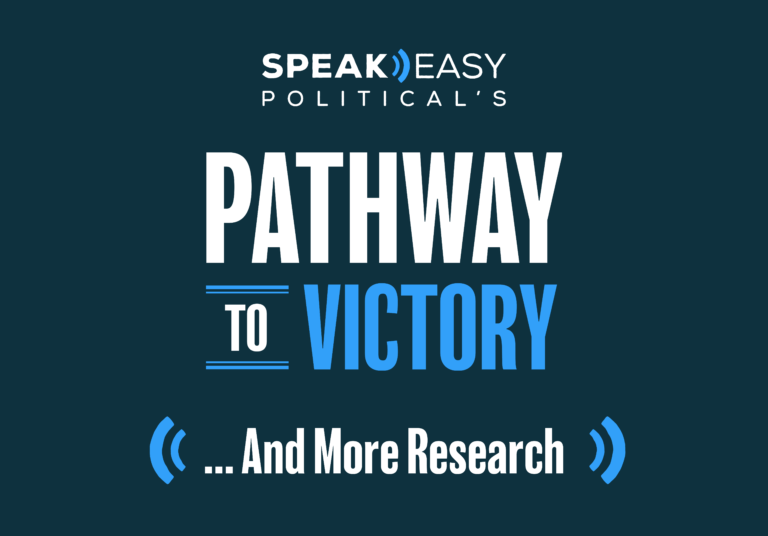Building on the research you’ve already done, get to know the area and people you plan to represent. What are the issues that matter most to people? What policies do people support or oppose — and what are the issues on which the community is deeply divided?
Finally, figure out what you’ll likely need to win the race, both in terms of votes and fundraising. You don’t need to have a final plan to get there yet; that’s what the campaign (and 101 Steps to Victory) is for. But you do need to have a good idea of your goal — and an honest decision about whether you’re willing and able to put in the work to get there.
Research your district.
Most of this can be found online. Are there public polls available on what people think? Do local think tanks or local universities do research on the district? You can always look at past voting history. If your community voted overwhelmingly against gun control in the last election and your platform is gun safety regulation, you probably should know that before you decide to run.
Identify the top 25 issues you will need to understand and develop your position on these issues.
We are sticklers on this. Are you pro-choice? Pro-gun control? Against a wall on the border? What is your position on a certain bill or recently passed law? Make a list of the 25 toughest questions you can imagine someone asking you, and write down your answers. Make sure to do the research it takes to figure out what the tough questions are going to be.
Now do some political research.
How much has the average candidate spent to win this race? Almost every city, county and town requires candidates to publicly file their donors and spending. This information is probably linked from the website of your local elections department.
Do the electoral research.
In the past four cycles, how many votes did the average winner get? This is very important—a winning campaign is always focused on that magic number: the votes needed to win. Try to find elections that were similar to yours. For example, if only one person ran unopposed last time, the win number likely won’t be similar to a race where five people are on the ballot for the primary. Find an election that serves as a good example for what you’re expecting, and use those numbers.
Use your research to make the tough decisions.
This is where the rubber meets the road for most campaigns. Be very honest with yourself. If you don’t think you can raise close to the average in campaign donations and also find the time to personally reach out to voters, it’s not time to run yet. It’s important to be realistic. If you decide that you can’t make it work this cycle, don’t worry. Run next cycle and start working up to success right now. And if you decide you can—that’s great!
PRO TIP: Strong candidates know how to organize and delegate. For example, if you have a friend who is willing to help out on your campaign and is a research analyst for their day job—why not ask them to take on research tasks and report back to you with their findings?
Looking for more information about what it takes to run for office? Download our e-book designed to walk candidates through the process of running – and winning – their first political campaigns. And be sure to check out more from our Pathway to Victory series!




